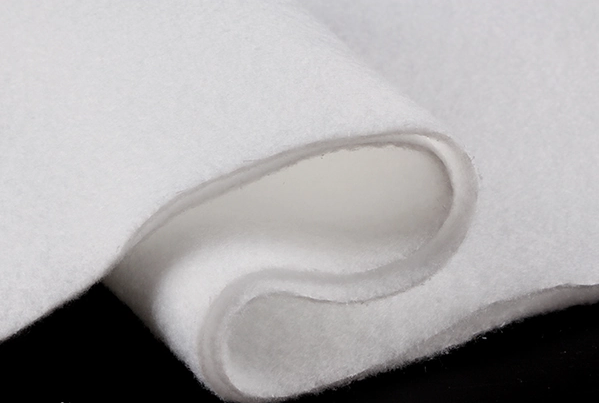Traditional disposable nonwoven fabrics can be divided into staple fiber nonwoven and filament nonwoven nonwoven. The production process of short fiber disposable hygiene nonwoven fabric is mainly based on hydroentanglement method and hot air nonwoven fabric. Hydroentanglement nonwoven fabric can be used as the cover layer of absorbent core of sanitary napkin and diaper. However, the problem of high production cost also limits its application; hot air nonwoven fabric is applied because of its fluffy and soft characteristics, so the hot air method is mainly applied to the top layer of disposable sanitary products, which meets people's requirements of softness and comfort for intimate materials. With spunbond nonwoven technology, meltblown/spunbond composite nonwoven technology and nonwoven nonwoven technology of nonspunbond method mainly, the medium spunbond nonwoven fabric has good abrasion resistance and low pilling, and is more often used in the surface and bottom of disposable sanitary products, but after the rise of the application of hot air nonwoven fabric with better softness, the application of spunbond nonwoven fabric is gradually reduced.

Electrostatic spinning technology is a kind of electrostatic jet stretching spinning technology, a method to prepare nanofibers, and the resulting nanofiber film has a large specific surface area, high porosity, and its structure, size and shape can be controlled, which has a broad application prospect. By combining electrostatic spinning technology and "Nanospider" technology at room temperature and mixing polyacrylic acid, polyvinyl alcohol and polyethylene glycol as spinning solution, we successfully spun nonwoven fiber films with fiber diameters ranging from 120 to 400 nm, which have higher hydrophilic and hygroscopic properties than industrial nonwoven products and are promising for disposable It has a certain prospect of application in disposable sanitary products, and the mass production of electrostatic spinning materials has become the bottleneck of the technology.
Comment(0)
You can comment after
SIGN IN